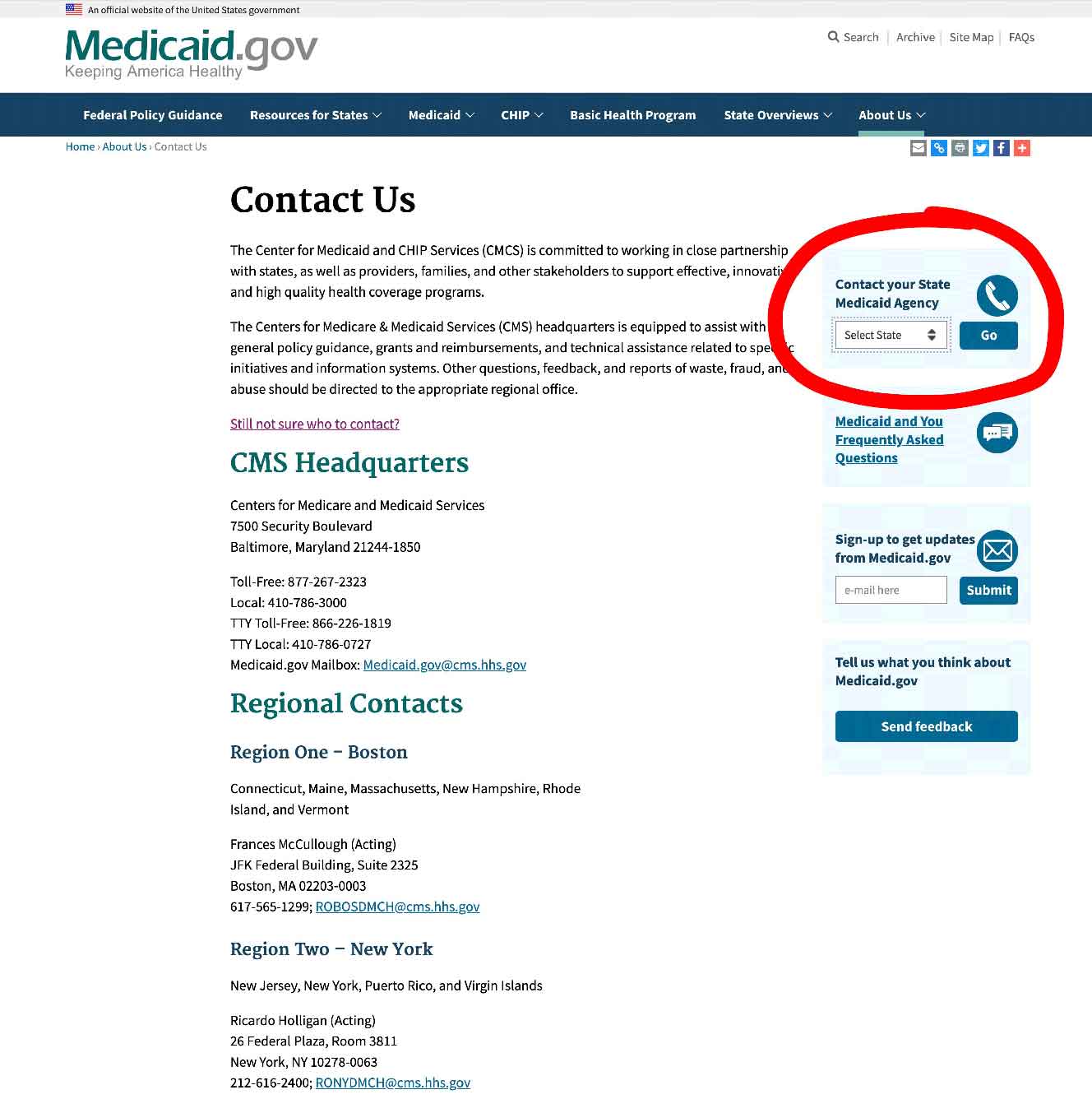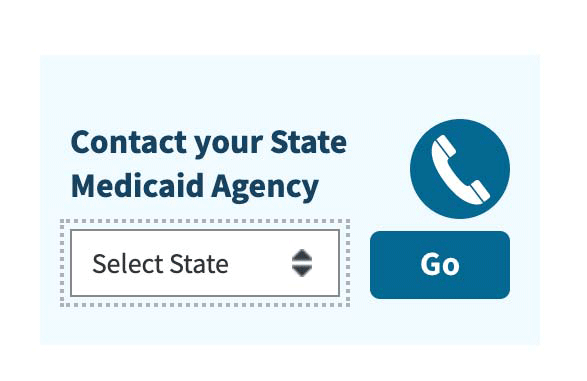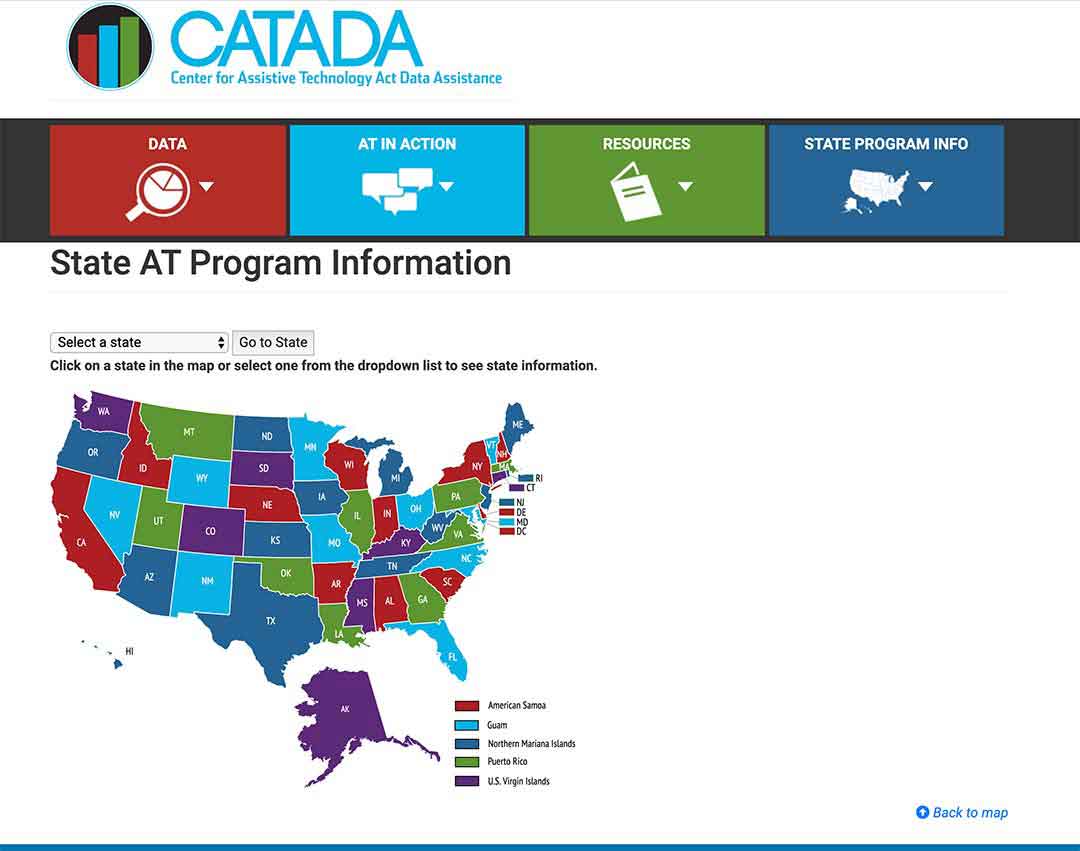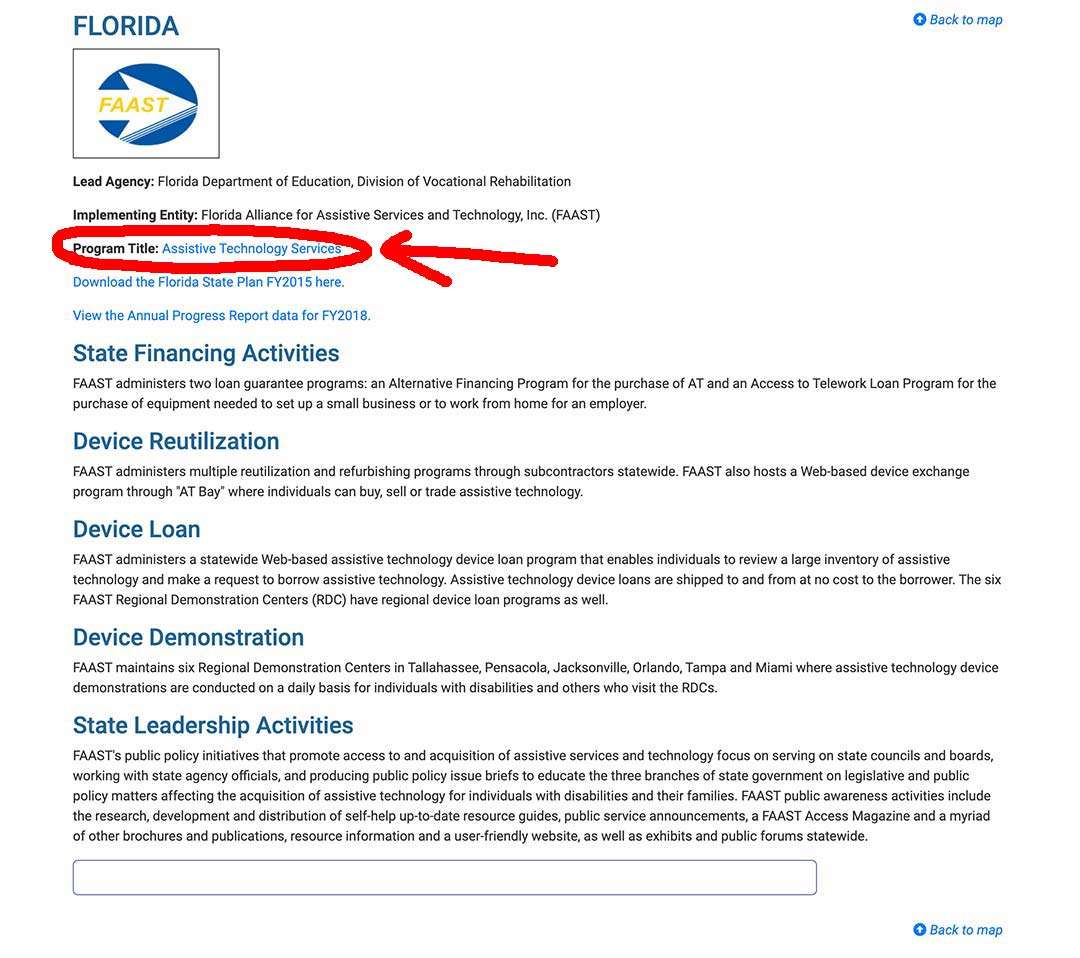For our elderly parents, stepping in and out of a bathtub can present great difficulties and risk, even if they are in relatively good shape. For many, the ideal solution is going to be a walk in bathtub, where there is at least little to no risk of tripping over. But the same cannot be said for the cost, which can also leave you feeling wounded !
Does Medicare cover walk in bathtubs ? Original Medicare does not, as a rule, cover walk in bathtubs. However, Medicaid, Veterans Benefits, rural funding, state waivers and non-medicaid state financial assistance plans for the elderly can cover bathroom equipment and remodeling.
Contents Overview & Quicklinks
Does Medicare cover bathroom equipment ?
What equipment does Medicare pay for ?
Medicare approved equipment supplier near me ?
List of durable medical equipment covered by Medicare
How do you get coverage from Medicare Part B for DME ?
Once you have your prescription, what do you do ?
What to do so that you avoid over-paying with a Medicare purchase ?
What if you are being treated in a skilled nursing facility ?
Do Medicare Advantage Plans cover walk in tubs ?
Free assistance with understanding Medicare
Does Medicaid cover walk in bathtubs ?
How to find the HCBS programs, waivers and 1915 waivers in your state ?
What is the path to purchasing DME with Medicaid and state waivers, and HCBS programs ?
What if your revenue is a bit too high to qualify for Medicaid ?
How to get a walk in tub covered as a Veteran ?
Is there any other state help you can get for a walk in bathtub ?
Does Medicare cover bathroom equipment ?
Medicare Part B will cover bathroom equipment which is “medically necessary” for use in the home.
But unfortunately, many safety items which it sees as “convenience” items, “comfort” items or, “not primarily medical in nature” will not receive coverage.
You may in some extreme cases, if a doctor can persuade Medicare Part B, be able to get Medicare to reimburse you for part of a bathtub purchase, but it is not in their policy to do so.
Medicare Part B does not typically cover any of the following –
- grab bars
- raised toilet seats
- transfer seats
- bath lifts (these are seats which rise up and down within the bathtub)
- floor to ceiling poles
- shower chairs
- bath chairs
- toilet safety frames
Some medical equipment destined for home use by those with mobility issues is covered.
If it is “medically necessary”, prescribed by a Medicare-enrolled physician, and acquired from a Medicare-approved supplier, you can get the following equipment listed below, which can be extremely helpful in the bathroom with stability, and a person who is more severely incapacitated in the case of the patient lift –
- crutches
- walkers
- bedside commodes
- patient lifts
3 in 1 bedside commodes can be used as –
- an elevated toilet seat
- a shower chair if waterproof
- a toilet safety frame
- a sink safety frame or chair in front of a sink
- a chair for a sponge bath
Walkers can be –
- used as an aid for standing in the shower (waterproof models only)
- used as a safety rail in front of the sink or mirror
- used as an aid to sitting down onto , and getting up from the toilet
Patient lifts, which are mechanical (electrical lifts are not covered) are covered for people who are bedridden (there are strict guidelines), and can, in a lot of cases, be used to help a person wash themselves, or be washed, in a shower or tub.
You can find out more about the Medicare guidelines for qualification for patient lift coverage in either of my articles on Medicare and patient lifts, or Medicare and Hoyer lifts (Hoyer are a very popular brand, and the article, in addition to the qualification guidelines, explains which of the Hoyer lifts are covered).
Medicare Advantage Plans are a little different from Medicare Parts A and B, as they are run by private companies. The companies are contacted to provide, at a minimum, the same services as Original Medicare.
The benefits allowed on Medicare Advantage Plans have been expanded in the last few years to allow them to be competitive. You will find out more about that in the section on Medicare Advantage below here.
I have an extensive article with over 50 tips for ways of maintaining a high standard of bathroom safety if you are worried about your parents’ – you can read that here.
What equipment does Medicare pay for ?
Medicare Part B covers certain durable medical equipment when it considers it “medically necessary”.
Durable medical equipment is medical equipment for use in the home which is able to hold up to repeated use over a sustained period of time.
Examples of durable medical equipment which is covered by Medicare Part B for use in the home, when a beneficiary qualifies, are –
- hospital beds
- walkers
- wheelchairs
- bedside commodes
- bed trapeze
- patient lifts
To get coverage you must have a signed prescription from a Medicare-enrolled physician certifying that your equipment is “medically necessary” and you must rent, or purchase, it from a Medicare-approved equipment supplier.
Equipment which is not primarily medical in nature and is what Medicare describes as “for comfort” will not qualify for coverage. Examples of this are –
- raised toilet seats
- grab bars
- room heaters
- over bed tables
- shower chairs
- bed wedges
- bed alarms
- bathtub lifts
It is also Medicare’s policy not to cover fully electric versions of durable medical equipment, and it generally covers the more basic versions of each item.
Disposable medical supplies are typically not covered by Medicare Part B for use in the home.
Examples of medical supplies not covered would be –
- fabric dressings
- gauze
- gloves
- disposable face masks
There are two cases where disposable medical supplies may be covered –
- for individuals receiving the Home Health Benefit, some supplies are covered
- if they are needed in conjunction with the use of an item of durable medical equipment which is being covered by Medicare Part B
For Medicare, durable medical equipment must fulfill the following criteria:
- Durable (must be able to withstand repeated use overtime)
- It can only be used for a medical reason, as opposed to just for comfort
- Not normally of use to someone who isn’t sick or injured
- You have to be using it in your home
- Should have an expected lifetime of at least 3 years
If the equipment you wish to purchase does not meet these basic criteria, you will likely not get coverage from Medicare Part B.
Medicare-approved equipment supplier near me ?
To find a local Medicare supplier in your area, you can use this link at Medicare.gov
List of durable medical equipment covered by Medicare
If you don’t find the equipment you are looking for in my list of Medicare covered DME’s below, you can use this link to Medicare.gov
Air-Fluidized Bed
Alternating Pressure Pads and Mattresses
Audible/visible Signal Pacemaker Monitor
Pressure reducing beds, mattresses, and mattress overlays used to prevent bed sores
Bead Bed
Bed Side Rails
Bed Trapeze – covered if your loved one is confined to their bed and needs one to change position
Blood sugar monitors
Blood sugar (glucose) test strips
Canes (however, white canes for the blind aren’t covered)
Commode chairs
Continuous passive motion (CPM) machines
Continuous Positive Pressure Airway Devices, Accessories and Therapy
Crutches
Cushion Lift Power Seat
Defibrillators
Diabetic Strips
Digital Electronic Pacemaker
Electric Hospital beds
Gel Flotation Pads and Mattresses
Glucose Control Solutions
Heat Lamps
Hospital beds
Hydraulic Lift
Infusion pumps and supplies (when necessary to administer certain drugs)
IPPB Machines
Iron Lung
Lymphedema Pumps
Manual wheelchairs and power mobility devices (power wheelchairs or scooters needed for use inside the home)
Mattress
Medical Oxygen
Mobile Geriatric Chair
Motorized Wheelchairs
Muscle Stimulators
Nebulizers and some nebulizer medications (if reasonable and necessary)
Oxygen equipment and accessories
Patient lifts (a medical device used to lift you from a bed or wheelchair)
Oxygen Tents
Patient Lifts
Percussors
Postural Drainage Boards
Quad-Canes
Respirators
Rolling Chairs
Safety Roller
Seat Lift
Self-Contained Pacemaker Monitor
Sleep apnea and Continuous Positive Airway Pressure (CPAP) devices and accessories
Sitz Bath
Steam Packs
Suction pumps
Traction equipment
Ultraviolet Cabinet
Urinals (autoclavable hospital type)
Vaporizers
Ventilators
Walkers
Whirlpool Bath Equipment – if your loved one is home bound and the pool is medically needed. If your loved one isn’t home bound, Medicare will cover the cost of treatments in a hospital.
How do you get coverage with Medicare Part B for DME
To qualify for Medicare coverage for DME, you will need –
- to be enrolled in Medicare Part B
- a signed prescription from your Medicare-enrolled doctor which states the item is medically necessary
- buy the DME’s through a Medicare-enrolled supplier
If you are claiming for coverage for DME in your “home”, (a hospital or nursing home cannot qualify as their “home”), for Medicare Part B, however you are covered under Medicare Part A.
Long term care facilities in the community, such as assisted living facilities, do qualify for Medicare part B.
What does Medicare Part B qualify as a home ?
- your own home
- a family home
- living in the community, such as assisted living
Once you have your prescription, what do you do ?
If Medicare accepts to cover your purchase, you will have to pay your co-payment of 20% of the Medicare-approved price of the item, and your annual deductible (if it hasn’t already been met).
Medicare will pay the remaining 80% of the Medicare-approved price.
For cheaper DME Medicare will usually purchase the products, but in cases such as hospital beds where the items are much more costly, it is more likely that Medicare would rent on a monthly basis.
If the equipment is rented by Medicare from a Medicare-approved supplier who accepts assignment, you will pay a monthly co-payment of 20% of the Medicare-approved rental price, and Medicare will pay the other 80% of the Medicare-approved rental price.
What to do so that you avoid over-paying with a Medicare purchase ?
If you want to pay the least amount possible for their DME, you must make sure that you use a Medicare-enrolled “Participating” supplier who accepts “assignment”.
This ensures that you are only going to pay your Medicare co-pay of 20% of the Medicare-approved price, and if you haven’t already met it, your annual Medicare Part B deductible.
And why is that ?
There are two types of Medicare-enrolled suppliers –
- Medicare Suppliers
- Medicare “Participating” Suppliers
And the difference between the two is –
Medicare “Participating” Suppliers have agreed to what is known as “assignment” – this means that they are only allowed to charge the Medicare-approved price.
So when you buy your durable medical equipment from a Medicare “Participating” Supplier, you will be paying the least possible amount, that is – a 20% co-payment of the Medicare-approved price for the equipment, and if you have not yet met it, your annual deductible.
And if you don’t use a Medicare “Participating” Supplier ?
A Medicare-enrolled supplier who is not a “Participating” Supplier, agrees to take payment from Medicare, but doesn’t have to accept “assignment”.
This means that the supplier is free to charge up to 15% more than the Medicare-approved price for an item, and that excess is passed on to the buyer.
Medicare will pay the supplier 80% of the Medicare-approved price, and you are going to have to pay the supplier the difference + your 20% co-pay of the Medicare-approved price + your annual deductible if you haven’t yet met it.
So, if the supplier’s price for a piece of DME is $60 above the Medicare-approved price, you will have to pay your co-pay + your deductible + the $60 !
What if you are being treated in a skilled nursing facility ?
If you are receiving care in a Skilled Nursing Facility or hospital, all necessary medical equipment is covered by Medicare Part A (Hospital Insurance). The facility is required by Medicare to provide any DME needed for 100 days.
Does Medicare Advantage cover walk in tubs ?
For Medicare Advantage Plans, also known as Medicare Part C, you will need to check with the plan provider to find out if any bathroom safety equipment benefits are included.
Legally, Medicare Advantage Plans beneficiaries are entitled, as I noted earlier, to the same services and equipment as those on Original Medicare, but they may, as of 2020, find that they are offered additional benefits beyond the typical extras of hearing and vision aids.
The Centers for Medicare & Medicaid announced in 2019 an expansion of the coverage of Medicare Advantage and Part D –
Beginning in 2019, Medicare Advantage plans can now offer supplemental benefits that are not covered under Medicare Parts A or B, if they diagnose, compensate for physical impairments, diminish the impact of injuries or health conditions, and/or reduce avoidable emergency room utilization.
The text source – “CMS finalizes Medicare Advantage and Part D payment and policy updates to maximize competition and coverage” April 1, 2019. The full text is available here.
Some new benefits which are for chronic conditions, and among these will be certain items of bathroom safety for individuals with mobility conditions, are now allowed.
You will need to look for the plans on offer which have bathroom safety equipment as a benefit for chronic conditions, and always remember to stick within the plan provider’s Network.
Free assistance with understanding Medicare
SHIP – State Health Insurance Assistance Programs –
There is free guidance about Medicare, Medicaid and Medigap available from your state program.
I have a short article explaining how to find your local SHIP, and you can find that here – “Free Help Understanding Medicare And Medicaid ? Here’s Where You Get It”
Does Medicaid cover walk in bathtubs ?
The funding for Medicaid programs is both federal and state level funding. A state can have a number of different Medicaid programs and waivers, each with different eligibility guidelines, resulting in hundreds of programs for Medicaid across the US.
Medicaid in skilled nursing facilities and hospitals
In hospitals and skilled nursing facilities, the job of ordering the equipment needed for your loved ones will be handled by the facility.
Medicaid and state programs for in the home
Medicaid programs which are for outside skilled nursing facilities are called “Home and Community Based Services”, “Waivers” or “1915 Waivers”.
You can get a comprehensive explanation of HCBS programs and waivers by following this link to medicaid.gov –
https://www.medicaid.gov/medicaid/hcbs/authorities/index.html
These programs and waivers for the home, like Medicare, will also pay for “home medical equipment”, but unlike Medicare, often cover 100% of the cost.
For HCBS programs, and waivers, the term “home” is used to mean that the beneficiary must be living in –
- their own home
- their family home
- a group home
- an assisted living facility
- a custodial care facility
The HCBS and Waiver programs do vary from state to state, but most allow for a good range of DME, and are frequently broader in their range of what they will allow than Medicare.
Self Direction/Consumer Direction
Certain waivers allow for what is called Consumer Direction or Self Direction.
The beneficiary is allotted a budget, which, with the help of a financial planner, they may spend to cover their requirements.
The allotted budget can be used to buy products, including durable medical equipment.
If a walk in bathtub, or shower, is considered a medical necessity and is within the allotted budget of the beneficiary, they may well be able to purchase one with their budget.
To find out more about Medicaid Self Direction, click here.
Money follows the person
Other Medicare programs help participants to transition from nursing home care back into their own homes, or the community, such assisted living.
An example of this is Money follows the person.
Durable medical equipment which is required for the beneficiaries to return to their homes is bought by the program, and if the beneficiary is deemed to have a walk in tub, they will most likely get one.
You will need to check with your state to see what HCBS or Waiver programs there are available to your parent, and what the eligibility criteria are. All the Medicaid programs are intended for those families with the lowest income, the elderly and the disabled.
How to find HCBS programs, waivers and 1915 waivers in your state
You can find your state HCBS Waivers, 1915 Waivers, HCBS Programs and the Money Follows The Person Programs for seniors in my article –“Medicaid Home and Community Based Services Waivers and Programs For Seniors Listed By State”. All the programs are listed by state.
What is the path to purchasing DME with Medicaid waivers and HCBS programs ?
Step 1
– get the doctor, or therapist, to provide a medical justification letter, stating that the equipment desired is medically necessary.
Step 2
– contact a DME supplier, who is Medicaid approved, and give them the medical justification letter from the doctor, or therapist.
Step 3
– the supplier should fill out a Prior Approval Application.
Step 4
– the document goes to the Medicaid state office where the purchase is either approved, or denied.
Step 5
– if the purchase is unsuccessful, you will be notified as to the reasons why, and how to appeal the decision.
Step 6
– if the purchase is approved, you will receive the item.
What if your revenue is a bit too high to qualify for Medicaid ?
The Spend Down Program
Spend-Down programs were devised as a method for reducing a person’s income, or income + asset level, so that they may become eligible for Medicaid coverage.
To find out more about Spend Down you need to take a look at my article where I outline who can qualify for Spend Down, the expenses that you can deduct, and how you know if you qualify – What is Spend Down ?
To find your State Medicaid State Agency
If you just want to talk to, or to email someone, contact your state Medicaid Agency here.
Step 1 –
Click the link to Medicaid.gov, look to the section I outlined in red.

Step 2 –
Select your state and click on the button they have marked “GO” – it will take you to your State Medicaid Agency with all their contact info.

How to get a walk in tub covered as a Veteran ?
If your loved one is a veteran, the Department of Veterans’ Affairs has many grants, programs and forms of financial assistance which will help to cover the cost of DME and also Home Care Supplies.
Veterans are entitled to receive healthcare under the VA Medical Benefits Package.
The law provides that the VA has to provide hospital care and outpatient care services, to eligible veterans that are defined as “needed.”
The VA defines “needed” as a care, or a service, which promotes, preserves or restores health.
Your loved one can find out about their local VA Medical Centers and different clinics and offices in each state here.
Veterans can receive –
- Grants for remodeling their homes due to disability inflicted during service
- Veterans Direct HCBS, where they can allocate their budget to pay for required equipment
- Veterans’ Pensions
All the above will pay for walk in tubs.
Is there any other state help you can get for a walk in bathtub ?
State Assistive Technology Programs
All states across the US have what is called a State Assistive Technology Program, which is funded by a national grant.
The AT Programs were set up to improve access to assistive devices in the home, primarily for the elderly and the disabled.
Your State Assistive Technology Program should have the following services –
- an online equipment exchange which state residents can just register on and participate in
- a main website giving all the relevant information on their services, events, projects, and also acting as a hub for the contact with the community of eligible individuals
- refurbishment, recycling and reuse programs and centers to provide free, or extremely low cost, equipment for the disabled and the elderly
- loan closets
Your Assistive Technology Programs will contact individuals in need when specific equipment becomes available.
Look up your State Assistive Technology Program website to find out more.
To see what projects are in your state, click here.
Follow the steps below to see the projects in your state
Step 1/
Pick your state on the map or the drop-down menu, and click on “Go to state”
– I chose Florida for this example

Step 2/
Click on the link “Program Title” – for my example, I outlined it in red.

Step 3/
The AT Program state website will come up, and you can register, or use their contact info .

State Financial Assistance Programs
Some states have non-Medicaid financial assistance programs for the elderly and the disabled to help them to remain living safely and independently in their own homes.
Using grants and loans, the programs will pay for assistive devices, safety equipment, durable medical equipment, as well as home modifications.
To find out if your state has a State Financial Assistance Program, check with your local Area Agency on Aging, and they should be able to advise you on programs for the elderly in your state.
USDA Rural development Section 504 Home Repair program
It is possible for your Mom, or Dad, to get a grant for a walk in bathtub or a low threshold shower if they live in a rural area.
The USDA allows for loans to low-income homeowners to “repair, improve or modernize their homes or grants to elderly very-low-income homeowners to remove health and safety hazards.” – source USDA.GOV
The maximum amount for a grant is $7500.00, which is also a lifetime limit for grants. The grant must be repaid if the house is resold within three years of receipt of the grant.
To get the Home Repair program grant you must be the homeowner, 62 yrs and over, have a family income of less than 50% of the local average income, and to be unable to repay a home repair loan.
Applications are accepted year round at your local Rural Development office here
To talk to a local USDA Home loan specialist for advice here
Alternatives to walk in bathtubs ?
Bath transfer seats –
Seats called “transfer seats” are designed to give safe access to a bathtub, for those with mobility and stability problems.
One half of the seat is outside the bathtub, and the other half is over the water in the bathtub.
Your loved one would sit on the seat outside the tub, and raising their legs, slide the seat over until it is above the water in the bathtub.
Your loved one could then either lower themselves into the water, or remain on the seat just above the water to wash.
There is far less risk with a transfer seat than there is stepping in and out of a bathtub.
Grab bars and poles –
If your loved one just needs a little more stability, you can add grab bars on the wall and the bathtub, and also a ceiling to floor pole with a grab handle.
Alternatives we use at home –
My mom uses a walker sometimes instead of a grab bar to help her get in and out of the shower, as it can be re-positioned in so many ways.
You can also buy walkers which are waterproof and for use in the shower.
If you have a shower, and it is large enough, you may be able to put a waterproof 3 in 1 portable commode chair, a shower commode, or a shower transport commode in it, all of which are just as easy to use as a shower chair – commode chairs are covered by Medicare Part B if you qualify.
If a commode chair doesn’t fit in the shower, it is perfectly easy to get your loved one to sit on the portable commode chair in another room and give them a sponge bath.
Of course, only the walker and the portable commode may be covered by Medicare, but a transfer seat at least is far less expensive than a walk in tub if your parent is going to have to pay the bill.
I have a long article with 30+ caregiver tips on helping an elderly parent to bathe should you wish to become involved in washing your loved one, and are looking for some practical advice and tips. You can read that here.
Summary
It isn’t possible to get walk in bathtubs covered by Medicare Part B, except in the most extreme cases – it is not Medicare policy to cover them, or for that matter most other bathroom safety equipment.
There are, though, possibilities of getting walk in bathtubs and other bathroom modifications covered by Medicaid and state programs, non-medicaid state programs for the elderly, rural assistance programs, or if you are a veteran by certain programs under the VA medical Benefits Package.
I’m Gareth, the author and owner of Looking After Mom and Dad.com
I have been a caregiver for over 10 yrs and share all my tips here.

